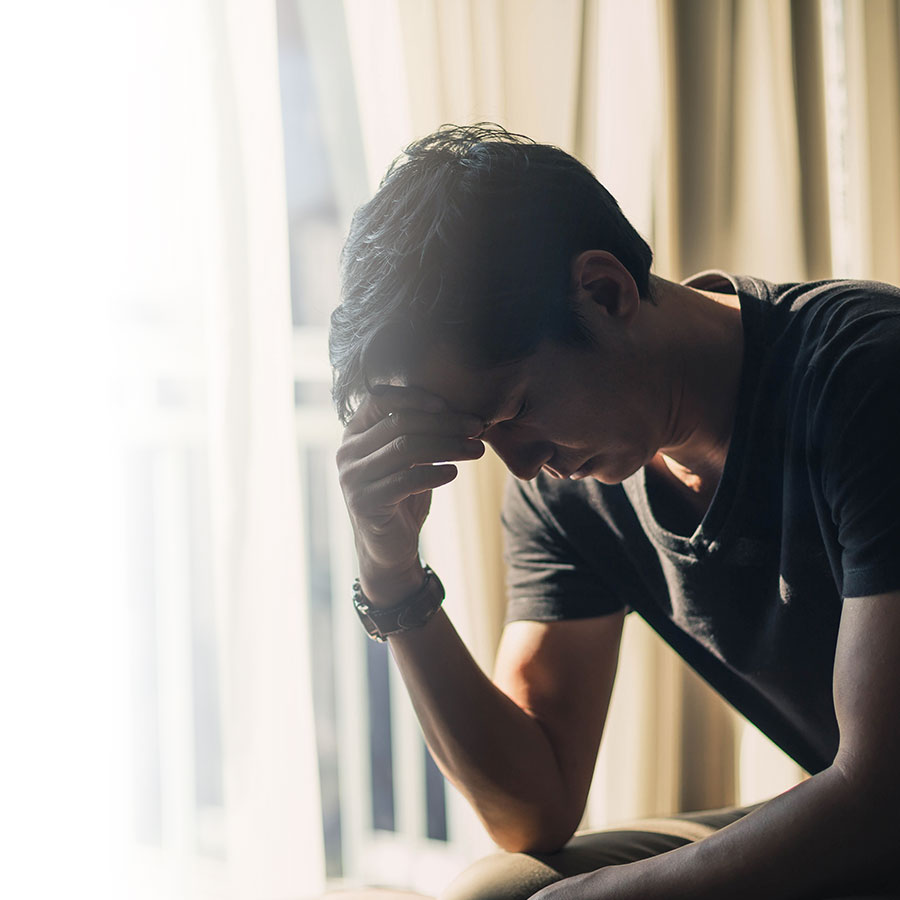Opioid addiction is a troubling social problem, but it can be debunked. Let’s take stock.
Opioid tolerance and addiction are one and the same. MYTH.
It is not uncommon to develop a tolerance to a narcotic’s beneficial effect when it is taken over a long period of time. You may be tempted to take higher doses more often to get the same pain-relieving effect as before. Owing to this tolerance, you may also experience fewer side effects than at the beginning, such as nausea or dizziness.
Additionally, once you are better, you may develop a physical dependence and need to gradually reduce the dose to avoid withdrawal symptoms when you stop taking it. These tolerance and physical dependence effects are normal and to be expected when using an opioid.
On the other hand, because of the euphoria or "high" that opioids can provide, they sometimes lead to problematic use for some users. This is a separate issue. Both prescription and black-market opioids can cause it. A psychological dependence or "addiction" develops. An irresistible urge to use or "cravings" are experienced. A loss of control over consumption follows and puts the user at risk of a potentially fatal overdose. This addiction occurs after a period of opioid use that varies greatly from person to person.
All narcotic users are at equal risk of addiction. MYTH.
The predisposition to become dependent on an addictive substance such as an opioid can vary greatly from one individual to another. It depends on many factors. Some of these are:
- personal history of substance abuse
- family history of substance abuse
- mental health disorder (e.g., depression, post-traumatic stress disorder, anxiety disorder)
- a history of incarceration
- high dose opioid use
- chronic opioid use
It is possible to recognize the degree of severity of the addiction. FACT.
Certain actions and attitudes of opioid users can be considered to assess the degree of addiction. The greater the number of actions and attitudes, the greater the chance that the person is addicted.
Here are some examples:
- They are using more pills than originally thought and for longer.
- They would like to cut down on their use, but are unable to do so.
- They are spending a lot of time trying to get their opioid, taking it to get the high and then recovering from the high.
- They have cravings or a sense of urgency to use.
- They miss work or school and fail to fulfill their responsibilities because of their use.
- They continue to use even though their overuse interferes with their relationships.
- They use even if it is risky (e.g., while driving or caring for a young child).
- They have withdrawal symptoms if they stop using (e.g., feelings of sadness, depression, nausea, muscle pain, diarrhea, yawning, insomnia, etc.).
There are treatments for opioid addiction. FACT.
No narcotic user is immune to developing an addiction. Fortunately, there is treatment available for people who are struggling to cope. It is based on a three-pronged approach: medication, psychosocial addiction counselling, and support groups.
Medication
Doctor prescribed medication (e.g., methadone or Suboxone) helps reduce cravings, prevents the onset of withdrawal symptoms and can help people stay off drugs. It is effective and safe when it is used properly. It does not produce a high, and it also relieves pain.
Psychosocial addiction counselling
People who are addicted to a substance such as a narcotic need empathy, support and someone to listen to them. They also need to be surrounded and accompanied in a process aimed at helping them heal from their addiction. Psychosocial counselling helps the person to better understand their addiction and to rethink their family, social, and professional life without opioid use.
Support groups
Support groups allow people who need them to share their experience with others who are in a similar situation. They provide a source of understanding, comfort, and inspiration to change their lives. One of the best-known groups is Narcotics Anonymous.
The fear of opiate addiction is widespread among users. Although it is a real problem, it is important to remember that the risk of developing it is still low and that in the event of a temporary loss of control, it is possible to get out of it owing to the many resources available.
Ask your pharmacist for additional information about opioid addiction or other substances.

